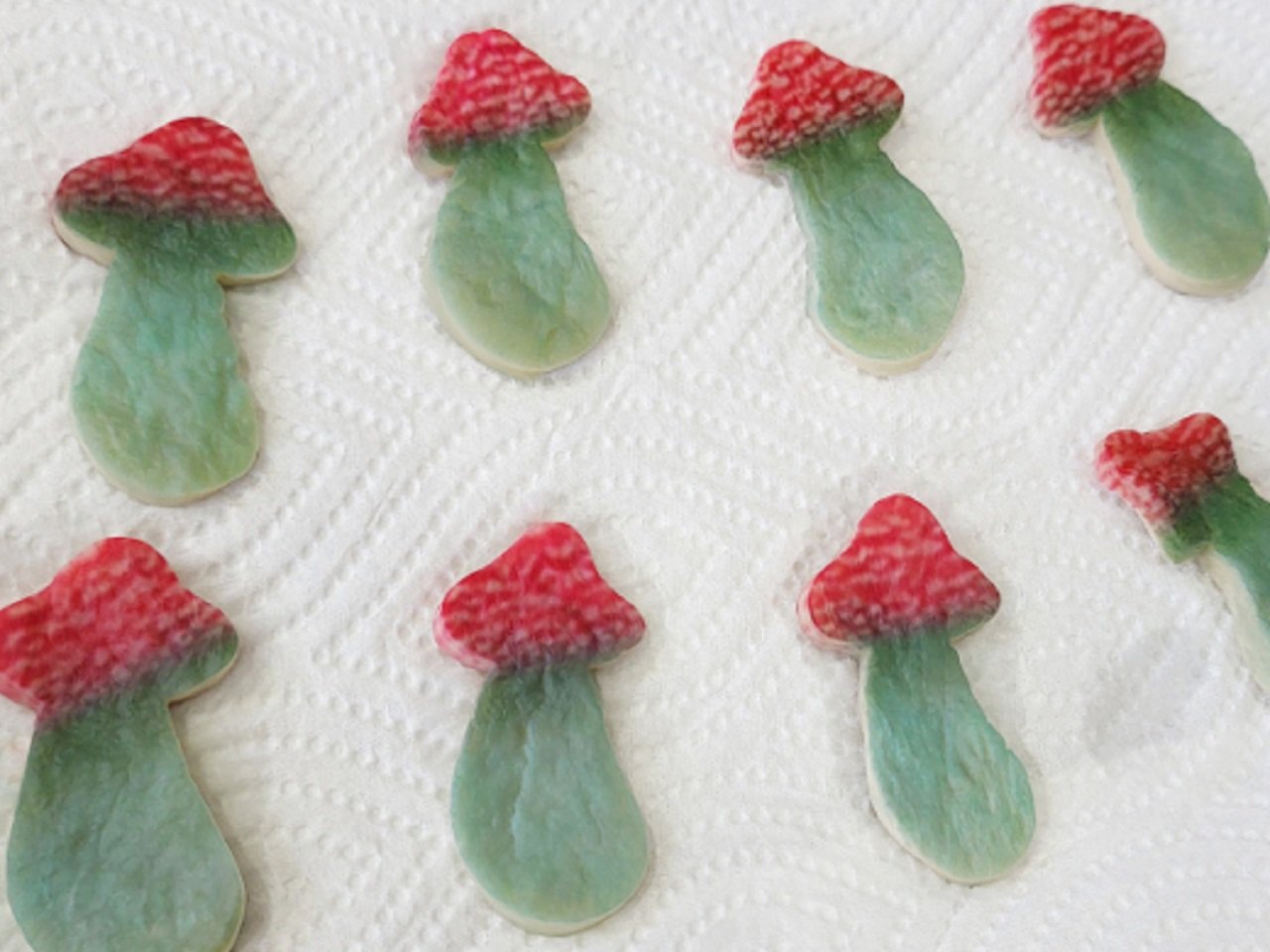Original Japanese text written by. Ryuki Ishii
Translated by. Marco Farinaccia
Meiji University in Japan has announced that they have developed a device that can alter the appearance and taste of food. It is named TTTV2 which stands for “Transform The Taste and Visual appearance.” The device can be used to make milk look and taste like a crab cream croquette, and in the most extreme example, it is possible to safely enjoy the taste and appearance of a poisonous fly agaric mushroom while actually eating a king oyster mushroom.
The first step in achieving this phenomenon is to measure both the original food (A) and the desired target food (B) using a taste sensor, and then calculate the taste difference (B-A). After this, a liquid which can induce various tastes, including sweet, sour, salty, bitter, and savory, is sprayed onto the original food, mixing with it, and giving it a taste that is close to the target food (B). Altering the appearance of the food is accomplished through the use of edible ink printing.

In the aforementioned example of the crab cream croquette, no allergens are included in the transfer process, so someone with a shellfish allergy would be able to experience the taste of the croquette free from harm. The smell can also be made similar to the croquettes without the use of any flavoring agent.
The aim is to one day have this same technology available to the average household. There are a wide range of conceivable uses, such as the allergen example mentioned above or to make a home meal taste like it was cooked by a professional chef.

The device was developed by Professor Homei Miyashita of Meiji University. He has been a big name in 2022 not just for the TTTV2 but also the announcement of a chopstick device that can cause a perceived taste change in food. The chopstick device uses electric stimulation to enhance the salty taste of low-sodium foods by about 1.5 times. The results of the research suggest that when food with 30% less salt is consumed, the device will allow the salty taste to be equivalent to that of a regular meal.
Miyashita Laboratory along with co-developer Kirin Holdings, a Japanese beer maker, gave the following statement in regard to the scientific findings of the chopstick device: “This joint research has discovered the possibility of using the effect of salty taste enhancement by electrical stimulation on everyday utensils such as chopsticks, spoons, and tea bowls, thereby increasing the level of taste satisfaction with low-sodium foods. This technology may prove helpful for people trying to, or need to maintain a low-sodium diet.”
In recent years, Professor Miyashita has continued to achieve remarkable results in the field of food technology. Development on the prototype chopstick device is ongoing, and they intend to create a commercial version of the product sometime during 2023-2024 (Otonano Shumatsu Web).




